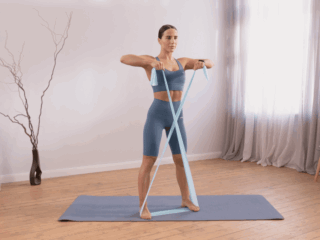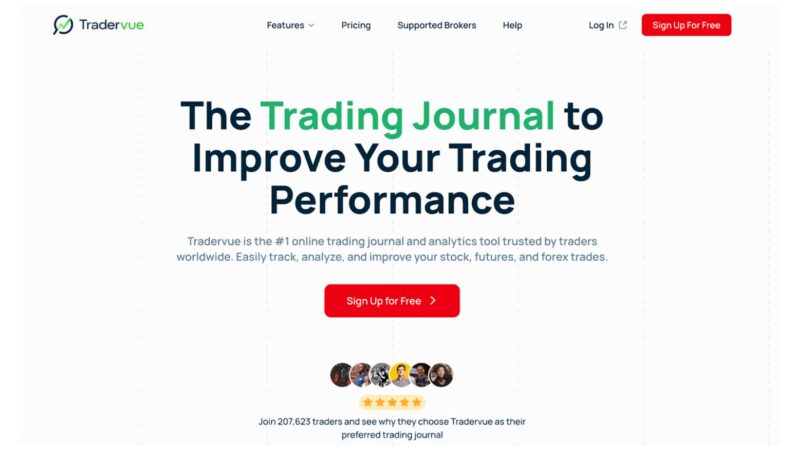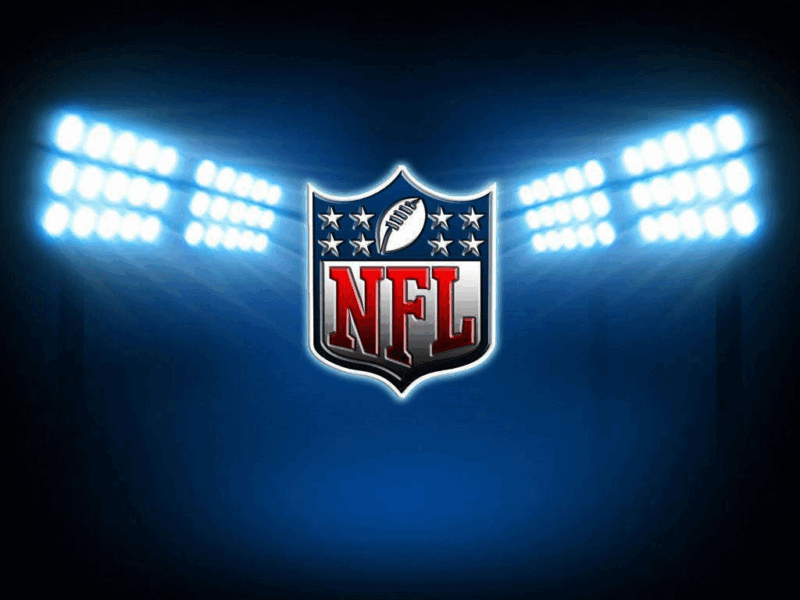
Introduction: Why Format Matters More Than You Think
On YouTube, the ad you choose doesn’t just decide how your brand looks; it decides how your audience feels. Some formats invite curiosity, while others spark irritation. Some deliver trust, while others run the risk of putting your brand in the wrong light. In today’s advertising climate, with privacy laws tightening and brand safety under a microscope, the decision isn’t only about visibility. It’s about responsibility.
This is where a clear understanding of YouTube ad formats comes in. The way you show up matters just as much as what you say. Picking the safest and most effective option is not just about reaching, it’s about protecting your reputation while still driving measurable impact.
The Landscape of YouTube Ad Formats
Before we weigh safety and effectiveness, let’s quickly revisit the main YouTube ad formats available to advertisers:
- Skippable In-Stream Ads: Appear before, during, or after videos. Viewers can skip after 5 seconds.
- Non-Skippable In-Stream Ads: Must be watched fully (15–20 seconds) before the viewer continues.
- Bumper Ads: Ultra-short (6 seconds), non-skippable, designed for quick brand recall.
- In-Feed Video Ads: Appear alongside search results or on the YouTube homepage, blending with organic content.
- Masthead Ads: Prime real estate at the top of YouTube’s homepage, often used for large-scale campaigns.
- Overlay Ads: Text or image banners appearing at the bottom of a video.
Each comes with its own strengths. Each also carries risks depending on placement, context, and audience expectations.
The Brand Safety Question: Where Things Can Go Wrong
Here’s the hard truth: even the most creative campaign can backfire if it shows up in the wrong place. Imagine a family-friendly brand being placed before content laced with violence or misinformation. Or a high-end luxury brand appearing in a low-quality, clickbait-heavy channel.
The wrong format, paired with unsafe content, doesn’t just waste your budget; it chips away at trust. Once audiences associate your brand with questionable content, it’s hard to reverse that perception.
This is why advertisers today must think beyond cost-per-view or impressions. The safest format is one that not only engages effectively but also guarantees control over where and how your ad appears.
Effectiveness vs. Intrusion: What Audiences Really Respond To
YouTube viewers are savvy. They know when they’re being sold to, and they know when it’s being done with respect. Here’s how formats perform through the lens of effectiveness and user sentiment:
- Skippable Ads: Balance is key. Viewers appreciate the choice to skip, which makes these ads less intrusive. When content hooks fast, these ads can perform exceptionally well.
- Non-Skippable Ads: Riskier. While completion rates are high, frustration levels can be just as high if the creative isn’t sharp. A safe bet only if the storytelling justifies the forced view.
- Bumper Ads: A sweet spot for many advertisers. They’re short, non-intrusive, and designed for recall. When brand safety measures are layered in, these can be highly effective.
- In-Feed Ads: Gentle and context-driven. They align with user intent because viewers choose to click. Safe, effective, and ideal for building credibility.
- Masthead Ads: Great for scale but carry risk if not managed carefully. High visibility means high scrutiny. Contextual alignment is essential.
- Overlay Ads: Less engaging than other formats, but still useful in reinforcing messages. Their effectiveness depends heavily on content alignment.
Choosing the Safest, Most Effective Options
So, how do you make the right call? The answer isn’t a one-size-fits-all approach. Instead, it’s about weighing three key factors:
- Audience Expectation
Ask yourself: Will this format feel natural to my target audience? For example, Gen Z may find bumper ads more tolerable than forced non-skippable spots.
- Brand Sensitivity
Does your brand operate in a category where context matters heavily (finance, healthcare, family products)? If yes, safer formats like in-feed ads or skippable in-stream may be the better choice.
- Campaign Goals
Is your focus on awareness, engagement, or conversions? Awareness campaigns may justify mastheads, while engagement-driven campaigns thrive on skippable in-stream formats.
When combined with brand safety practices, contextual targeting, exclusion lists, and third-party verification, the right format delivers performance without putting your reputation on the line.
The Role of Contextual Targeting in Format Choice
Here’s where advertisers gain real control. Contextual targeting ensures that your ads aren’t just placed anywhere, but in environments that align with your brand’s values and audience.
Imagine running a bumper ad before educational content relevant to your product, short, snappy, and delivered in a trusted setting. Or placing in-feed ads on creator-driven content that already resonates with your audience’s interests.

The format itself becomes more effective when layered with contextual intelligence. It’s not only about what viewers see but also where they see it.
Case Scenarios: What Works in Practice
- Case 1: A Family Brand
A children’s brand opted for skippable ads paired with contextual targeting around parenting and educational content. Safe placements build credibility, while skip options respect parents’ time.
- Case 2: A Tech Launch
A new device campaign went with bumper ads for quick recall, paired with masthead visibility for a big push. Contextual targeting ensured placements avoided controversial or low-quality content.
- Case 3: A Luxury Label
A luxury brand avoided non-skippable ads entirely, relying on in-feed ads and curated contextual environments. The result? High engagement without the perception of being intrusive.
Each case highlights a principle: format choice works best when aligned with both brand identity and safety-first strategy.
The Strategic Takeaway: Safety is Effectiveness
The traditional belief that advertisers must choose between safety and performance is outdated. In reality, the safest ad formats often deliver the strongest results because they preserve trust.
Skippable, bumper, and in-feed ads tend to hit the sweet spot, effective, safe, and audience-approved. Non-skippable and masthead ads can still deliver a strong impact but require careful execution and brand safety layers.
The bottom line? Safe ads don’t just protect your brand, they amplify it.
Making the Right Choice with Confidence
YouTube offers an array of ad formats, but not every option is right for every brand. Choosing the safest and most effective ad formats isn’t about chasing trends; it’s about aligning with your audience’s expectations, respecting their experience, and ensuring your brand only shows up in trusted environments.
With the right approach, you can balance visibility, performance, and protection, the three pillars every modern advertiser needs.
And this is where expertise matters. At Filament, we help brands navigate the complex YouTube ecosystem, pairing the right ad formats with brand safety strategies that keep campaigns impactful and compliant.












